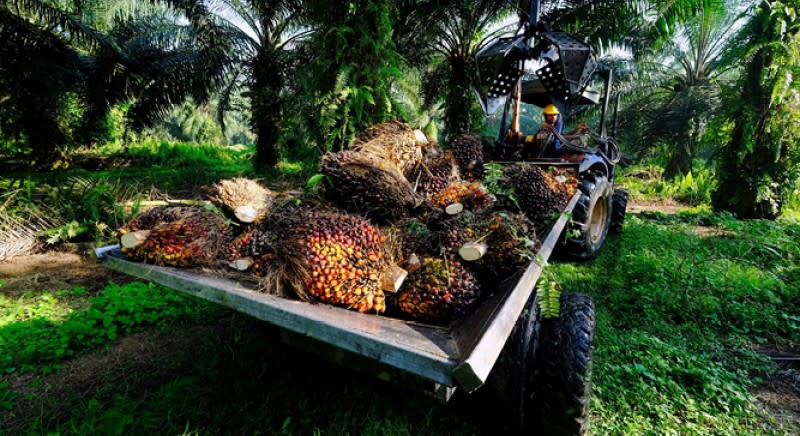UOBKH upgrades plantation sector to 'overweight' on share price strengthening expectations

The upgrade also factors in operating margin expansion in 2H2023 and 2024.
UOB Kay Hian analysts Leow Huey Chuen and Jacquelyn Yow have upgraded the plantation sector to “overweight” as they expect the sector’s share price performance to strengthen, along with a crude palm oil (CPO) price uptrend.
The upgrade also factors in operating margin expansion in 2H2023 and 2024. This is on the back of lower fertiliser costs, higher sales volume and higher CPO average selling prices.
Fertiliser prices skyrocketed up to 80% y-o-y in late 2022, when most plantation companies would have purchased the fertiliser for application in 1H2023. Additionally, plantation companies have sped up fertiliser application in 2QFY2023, ahead of El Nino in 2H2023 so they would have bought fertiliser at a high cost.
“The good news is that fertiliser prices have dropped 30%-40% as compared with end-2022, with more application likely to take place in 2H2023. Fertiliser costs contributed 30%-35% of total production costs,” Leow and Yow note.
They also expect supply tightness to extend into 2024. The CPO supply growth next year is expected to be lower at 0.8% y-o-y versus 3.5% y-o-y in 2023 due partly to lower inventory carried forward from end-2023.
“Also, El Nino is not here yet and most of the producing regions are still receiving decent rainfall. Should any prolonged dryness occur, 2024 supplies could tighten further as CPO production could be flat or lower y-o-y,” the analysts highlight.
With the expectation of tighter palm oil supplies going into 2024 and rising weather risks, UOBKH has revised its 2024 CPO price assumption higher to RM4,200 per tonne from RM4,000 per tonne previously. Should a strong El Nino occur in the second half of the year. The analysts see more upside potential for 2024 CPO prices as they expect palm oil output growth to be negative y-o-y.
“We have pencilled in higher 2024 CPO price assumptions for all the plantation companies under our coverage. With these, the sector earnings for Malaysia, Singapore and Indonesia have been raised by 15%, 20% and 22% respectively,” the analysts add.
Fundamentally, UOBKH prefers upstream plantation companies with relatively strong production growth. These companies, which include Bumitama Agri P8Z, would have higher leverage to rising CPO prices.
Leow and Yow have upgraded Bumitama Agri to “buy” with a target price of 70 cents. The analysts also have “buy” and “hold” calls on Wilmar International F34 and First Resources EB5, with target prices of $4.35 and $1.65 respectively.
As at 2.58pm, shares in Bumitama Agri, Wilmar International and First Resources are trading at 59 cents, $3.78 and $1.58 respectively.
See Also:
Click here to stay updated with the Latest Business & Investment News in Singapore
Analysts have mixed calls on SIA Engineering but with a generally positive sentiment
Keppel REIT's 1HFY2023 results within expectations, analysts highlight healthy rental reversions
Get in-depth insights from our expert contributors, and dive into financial and economic trends

 Yahoo Finance
Yahoo Finance 